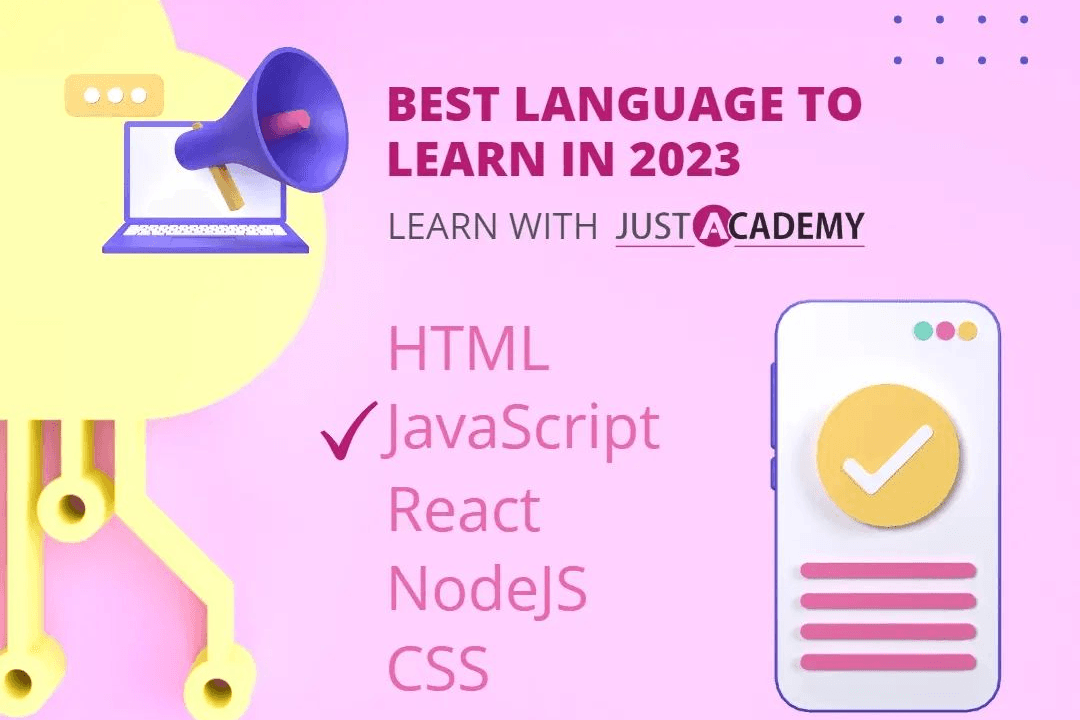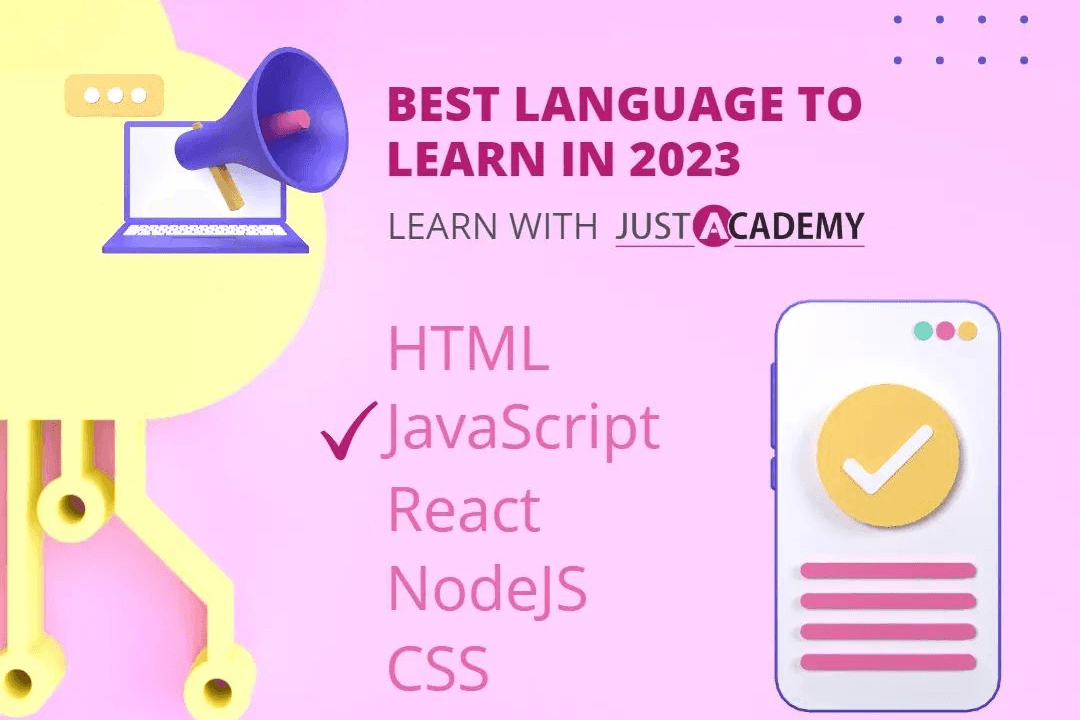Swift Closures
Mastering Swift Closures: A Comprehensive Guide
Swift Closures
Swift closures are self-contained blocks of functionality that can be passed around and used in your code. They are similar to blocks in Objective-C or lambdas in other programming languages. Closures can capture and store references to variables and constants from the surrounding context in which they are defined, allowing them to maintain state. A closure is defined using curly braces `{}` and can take parameters and return values, much like a function. Swift closures can also omit the parameter types and return type when they can be inferred, and they support syntactic sugar such as shorthand argument names and trailing closure syntax for cleaner code. They are commonly used for callbacks, event handlers, and asynchronous programming.
To Download Our Brochure: https://www.justacademy.co/download-brochure-for-free
Message us for more information: +91 9987184296
1 - Definition: A closure in Swift is a self contained block of functionality that can be passed around and used in your code, similar to a function.
2) Syntax: Closures can be defined using a concise syntax. They can capture and store references to any constants and variables from the surrounding context in which they are defined.
3) Types of Closures: There are three main types of closures in Swift: global functions (have a name and do not capture any values), nested functions (have a name and capture values from their enclosing function), and closure expressions (un named closures).
4) Closure Expressions: The most common form of closures is closure expressions, which are defined with a specific syntax that includes parameters, return types, and the body of the closure.
5) Capturing Values: Closures capture and store references to variables and constants from their surrounding context, allowing them to reference those values even when invoked outside their original scope.
6) Escape Closures: A closure is said to escape when it is passed as an argument to a function but is called after that function returns. This is common in asynchronous programming.
7) In Capture Lists: We can use a capture list to define how to capture values strongly or weakly, which helps manage memory and prevent reference cycles (especially with classes).
8) Trailing Closures: If a closure is the last argument of a function, you can write it outside of the function's parentheses, known as trailing closure syntax, which enhances readability.
9) Closure as Function Parameters: Closures can be used as parameters to functions, allowing for functional programming paradigms. This enables passing behavior (like a block of code) into functions.
10) Sorting with Closures: Swift arrays can be sorted using closures. The `sort()` method can take a closure to define the sorting criteria, making it flexible and powerful.
11) Inline Closures: You can create and use closures inline, which allows you to define the logic where it's needed without having to declare it beforehand.
12) Anonymous Closures: Closures can be anonymous (without a name), making them convenient for short lived tasks such as callbacks and handlers.
13) Closures and @escaping: When passing a closure to a function that will execute it after the function returns, you need to declare it with the `@escaping` keyword.
14) Type Inference: Swift can infer the types of parameters and return types of closures, allowing for clean and concise code.
15) Closures and Functional Programming: Swift closures enable a functional programming style, allowing you to create higher order functions that operate on collections, transforming and reducing data.
16) Error Handling in Closures: Closures can also throw errors, allowing you to manage errors using the same techniques as with regular functions.
17) Using Closures with Classes and Structs: You can define closures as properties within classes and structs, allowing for encapsulated functionality that can be reused.
18) Debugging Closures: Since closures capture their surrounding context, it’s important to be mindful while debugging, as captured values can lead to unexpected behaviors if not managed correctly.
This comprehensive overview should provide a solid foundation for your training program on Swift closures, giving students a clear understanding of their functionality and usage in programming.
Browse our course links : https://www.justacademy.co/all-courses
To Join our FREE DEMO Session: Click Here
Contact Us for more info:
- Message us on Whatsapp: +91 9987184296
- Email id: info@justacademy.co
Android Project Training chittorgarh












